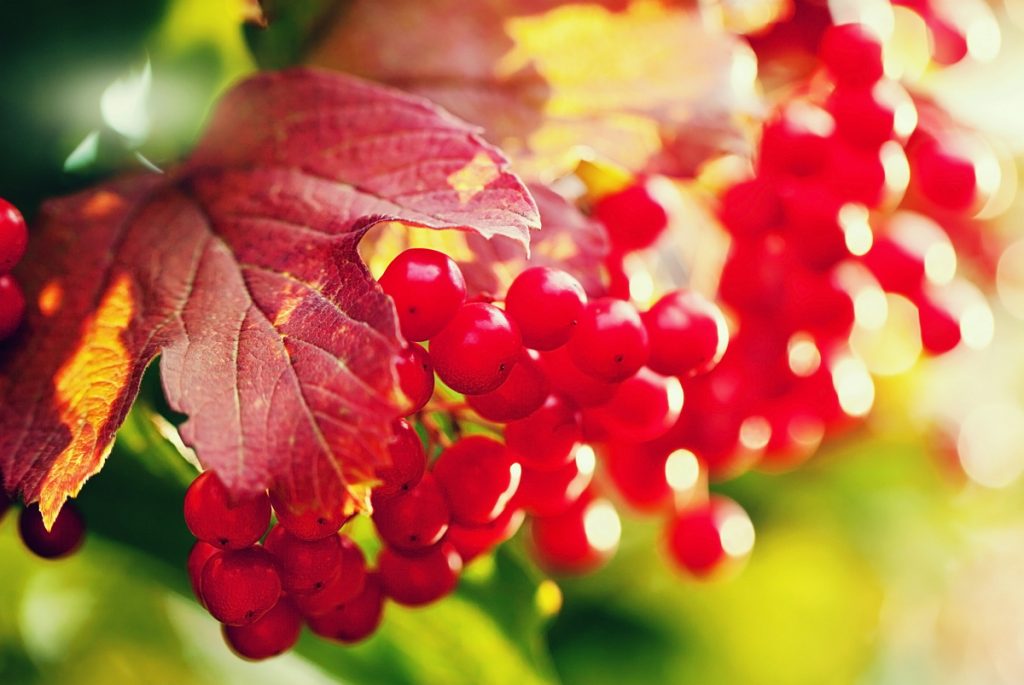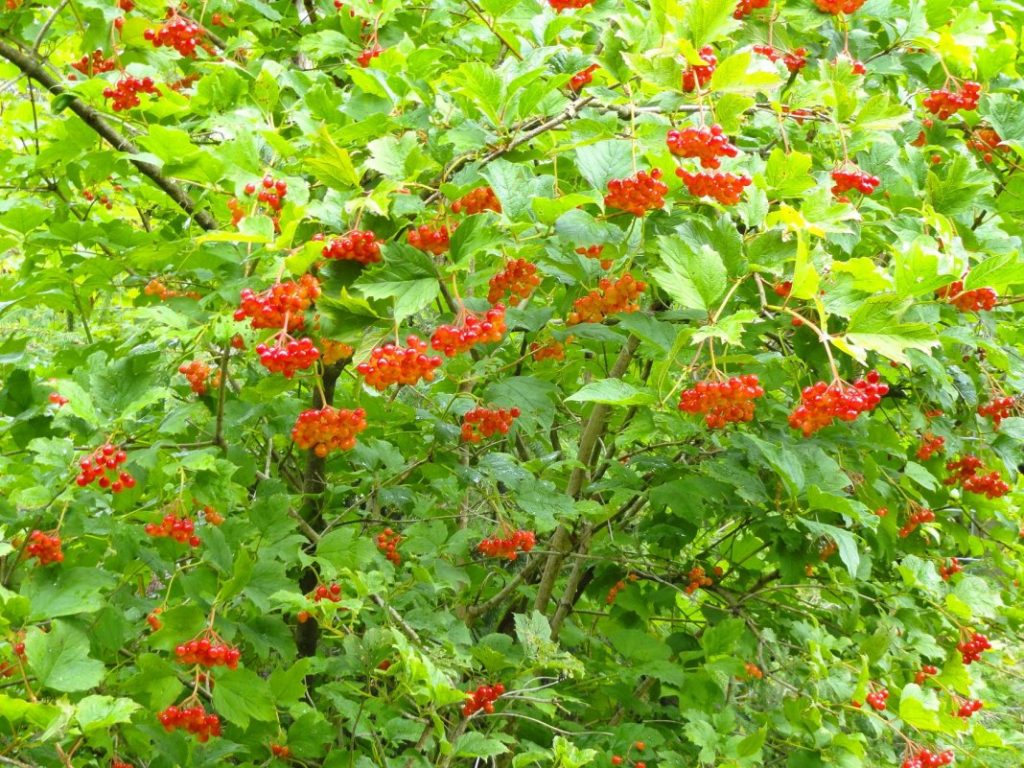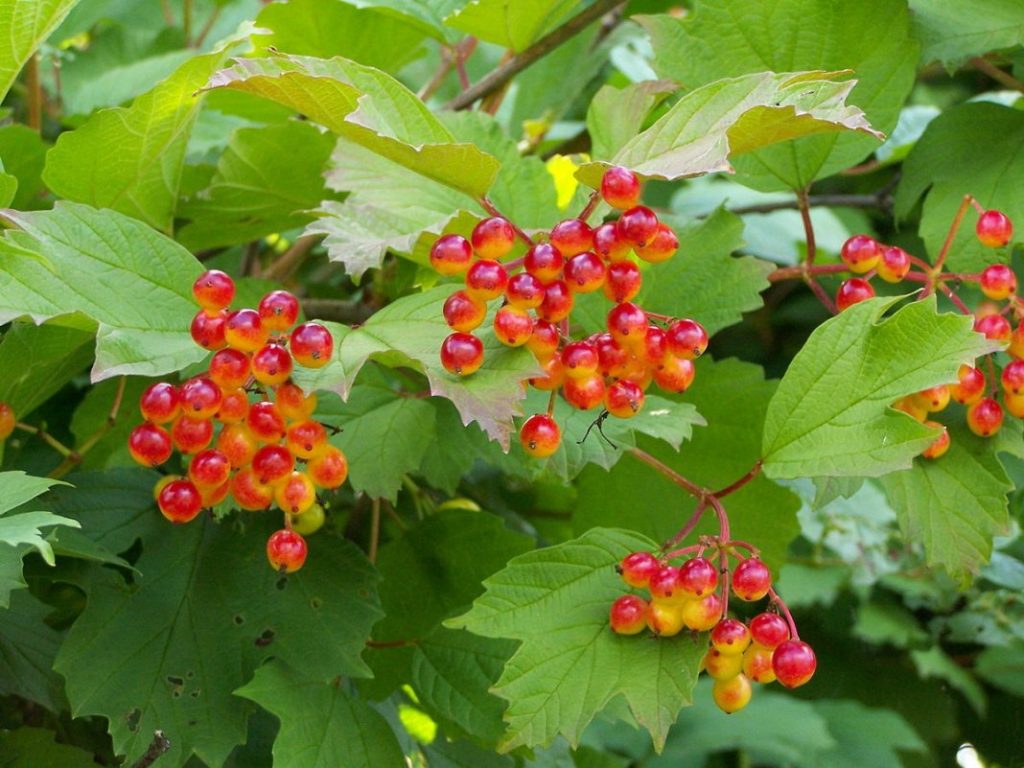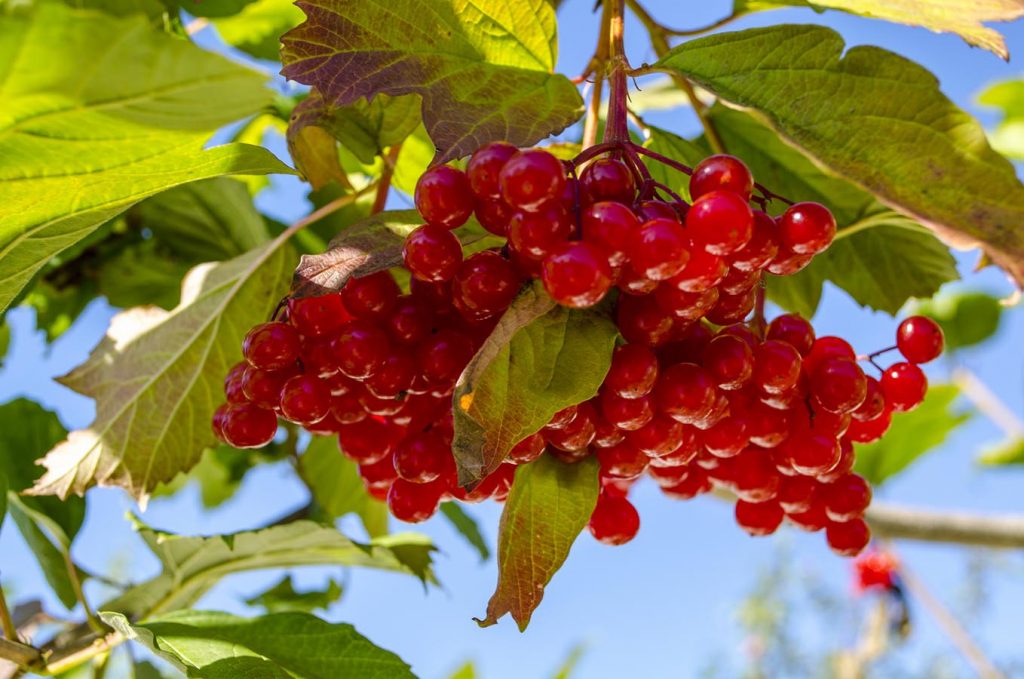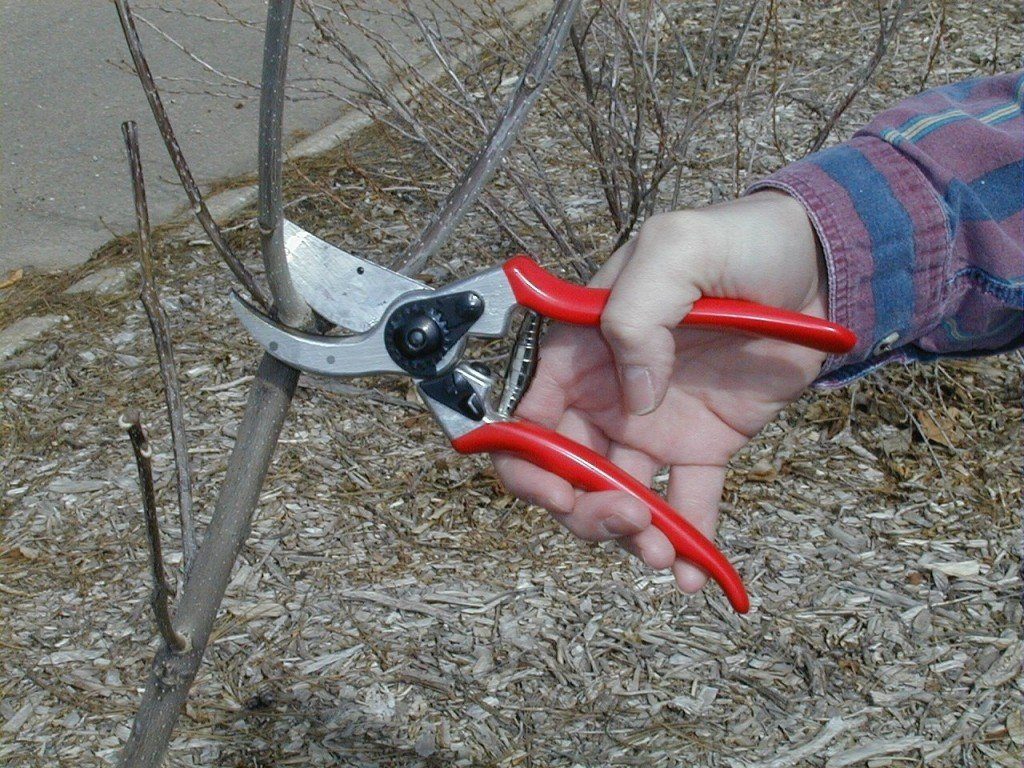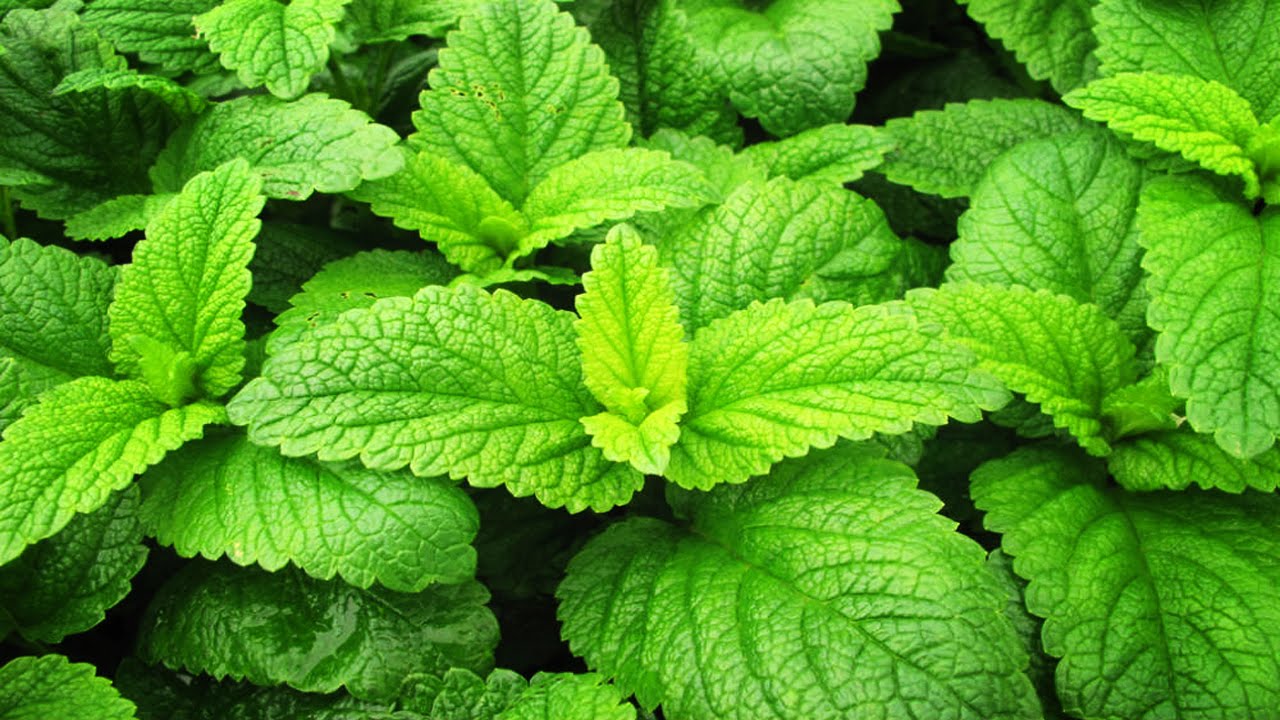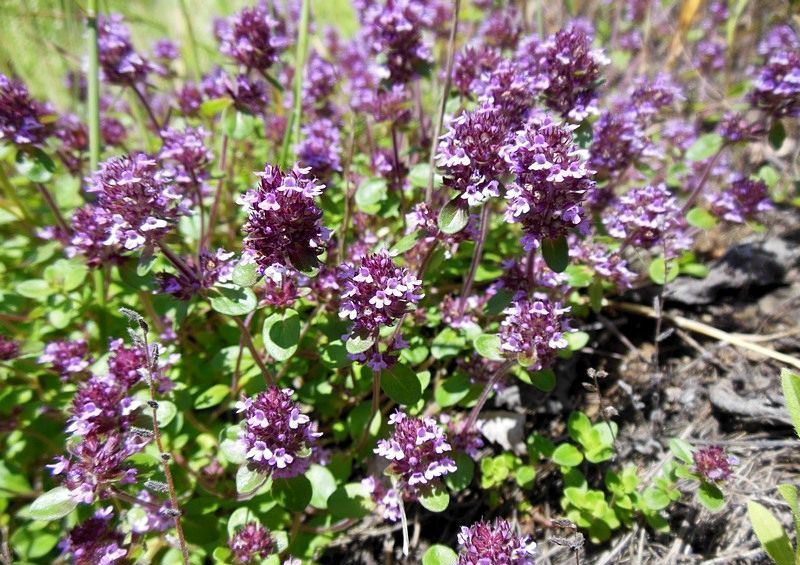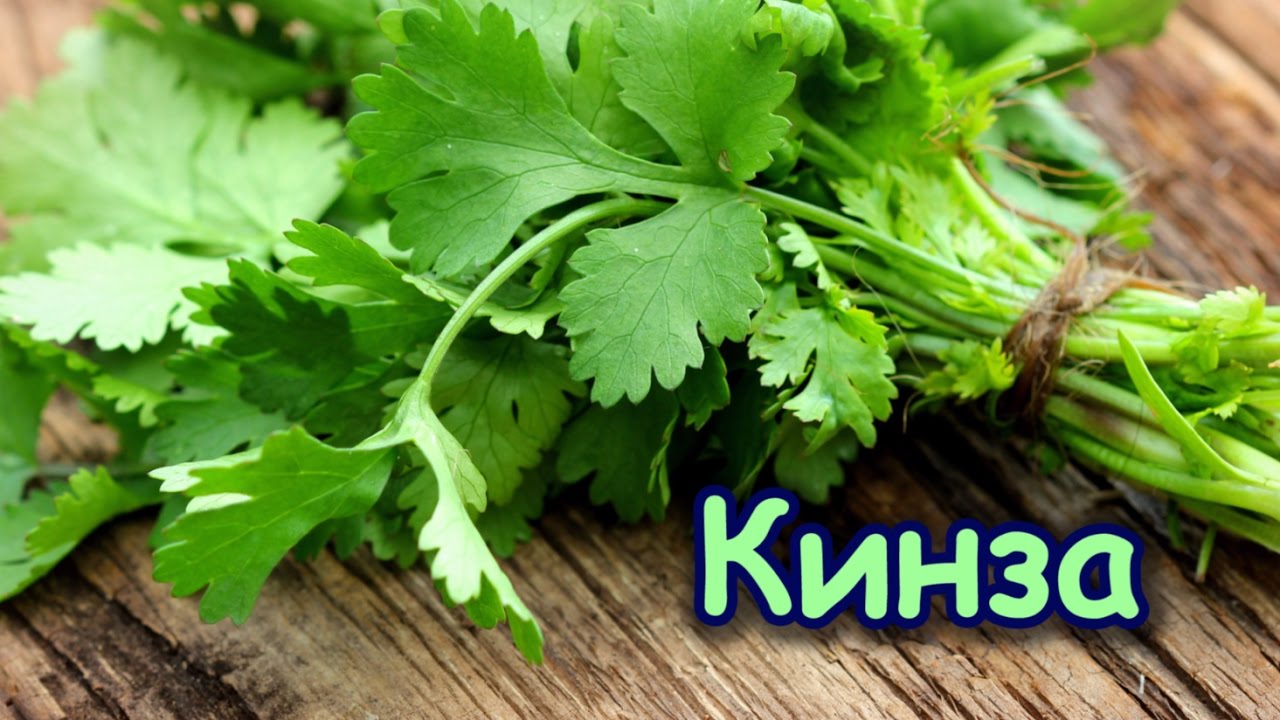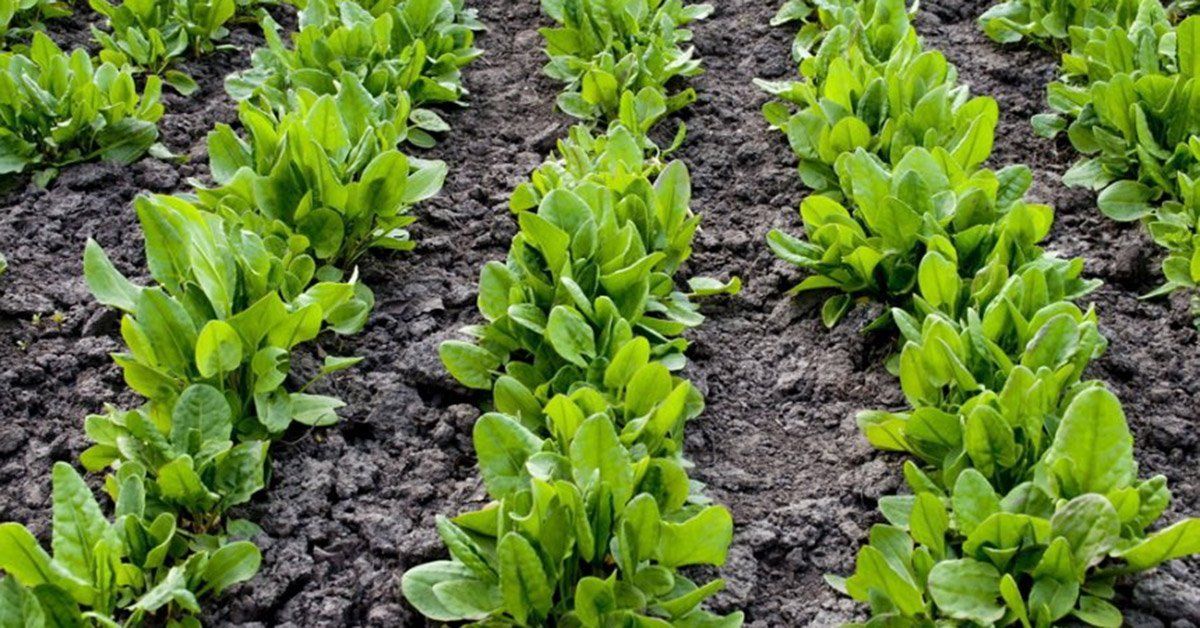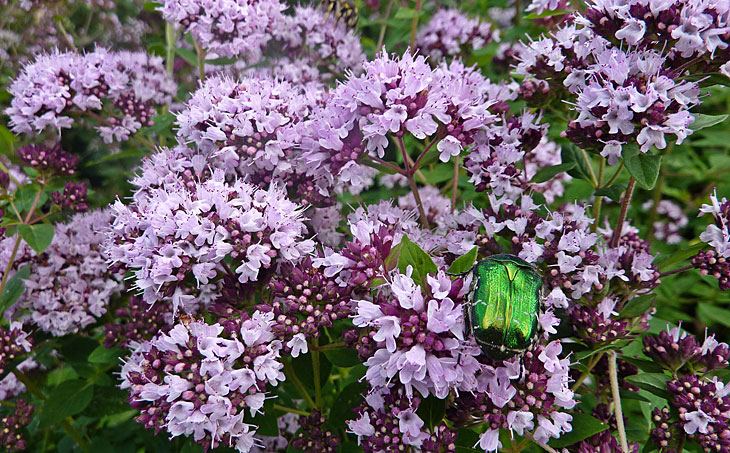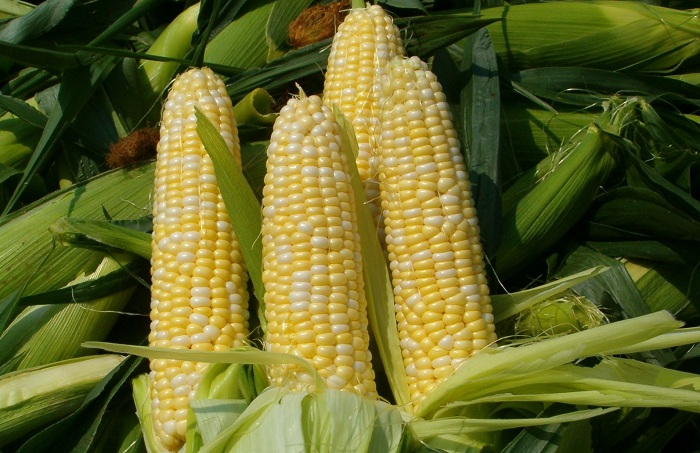Content:
Viburnum is most often associated with medicines of natural origin for colds, less often, but often, decoration and "amulet" of the garden. Literary works praise the cultivation of viburnum trees, romanticizing its appearance.
Description
Viburnum is really quite a beautiful tree, the fruits of which have many beneficial effects for the body and protection from some pests. The tree grows up to 4 m, has a highly developed root system and is shade-tolerant and frost-resistant. The bark has a wrinkled brown-gray texture. Leaves are rounded, large toothed.
Viburnum can bloom mainly in May-June. Duration of flowering up to 3 weeks. The flowers are white, collected in corymbose inflorescences. The marginal flowers of the inflorescence are used to attract insects, therefore they are sterile, and the fruits are tied on the smaller middle flowers.
The viburnum tree begins to bear fruit at the age of 5-6, and the peak yield occurs by the age of 12. The tree can withstand frosts down to -35 ° C, as in the Urals, and the berries are preserved on it until spring. Viburnum berries are spherical and collected in a brush. Fruit color varies from red to brown, almost black, depending on the type of tree. The seed of the berry is small, flat. The berries are bitter to taste. However, if you remove them after frost and process them with sugar or honey, then the bitterness disappears.
Viburnum fruits have a useful composition of:
- vitamins C, P;
- carotene;
- valerian, formic, acetic acid;
- Sahara.
Such a berry is useful for people with problems:
- liver;
- gallbladder;
- brain;
- hearts;
- vessels;
- skin;
- nervous, digestive and even reproductive systems.
Viburnum juice normalizes heart function, pulse, lowers blood pressure and has a diuretic and choleretic effect.
Kalina: care and cultivation
Summer residents grow viburnum as a fruit and berry, as well as an ornamental plant in their gardens and summer cottages. But in order to grow and achieve a good harvest, you need to know how to plant viburnum, take care of it and how to feed it.
Next, a little about the agricultural technology for a high yield of viburnum. In the wild, the viburnum tree can be found both on dry soils and in a humid environment. However, for the cultivation of garden varieties in the country, professionals stop at planting viburnum in a place with well-moistened soil, acidity from 5.5-6.5 pH. The best option would be to plant a tree near a reservoir or in the place of groundwater.
Viburnum does not tolerate the drying out of the soil: the leaves begin to fade, the flowers either do not appear, or fall off during flowering. It is worth noting that the soils of summer cottages, for example, in the Moscow region, are quite suitable for growing viburnum.
When choosing soil for planting viburnum, you should avoid sandy, podzolic and peaty, where the tree will begin to bear fruit much later. When preparing the soil, it is necessary to loosen the soil and get rid of the weeds. A month before planting, fertilizer containing potassium and phosphorus should be applied to the soil.
Wild viburnum blooms well and bears fruit in partial shade conditions, however, garden varieties must be planted in the sunniest, lighted places of the site. The viburnum will grow in the shade, but the yield from it will be much less, it is better to plant and form a non-shady garden.
Viburnum should be planted in the spring, before the leaves bloom or in the fall after a massive leaf fall, before the onset of frost.
Observing all of the above conditions for choosing a place for planting, you can achieve a beautiful appearance and a rich harvest from viburnum.
How to propagate a culture
Sometimes there is no direct need to propagate viburnum in its own area, since it has the ability to self-pollinate. However, if such a need arises, there are several ways to propagate a tree:
- vertical layering;
- horizontal layering;
- cuttings;
- seeds.
Propagation by vertical and horizontal layers is quite simple. In the first case, in the spring, the shoots are spud up by 10-15 cm, in the second, they bend the shoot and cover its middle part with soil, over the summer, new roots are formed on the buried parts of the viburnum.
Viburnum cuttings have a more complex process that requires special devices and substances for the future stimulation of root formation. It is used when it is necessary to obtain a large number of plants at once, which cannot be achieved by layering.
The scheme has several stages:
- Harvesting cuttings.
- Processing cuttings before planting.
- Accelerated growth.
The first stage takes place in late June - early July, when the shoots for the cuttings are semi-lignified and covered with green skin. The shoot must be formed with the first pair of buds and cut into cuttings. It is worth being careful and accurate: the lower cut is made at a distance of up to 1.5 cm under the kidney at an angle of 45 °, the upper cut is made above the next pair of buds perpendicular to the axis of the shoot. The lower leaves are cut off from the cutting.
At the second stage, it is necessary to make a stimulant solution from heteroauxin at a concentration of 100 mg / l for cuttings. Cuttings are immersed 2 cm. It is important that the solution does not get on the leaves. For convenience, a large number of cuttings can be tied into bundles. The cuttings are kept in solution for 16 hours in the dark.
Next, you need to make a substrate for acceleration. Its main characteristics are lightness and low nutritional value. Experts recommend making it in two layers - the bottom 10 cm from sand, turf and peat in a ratio of 1: 3: 1, and the top 3-5 cm from sand and a mixture of peat and sand in equal proportions. The substrate must be tamped and moistened.
After the stimulant solution, the cuttings are seated in special greenhouses with a substrate, built from a frame with a stretched film. They should be placed in the shade and do not allow direct sunlight. Cuttings are planted at a distance of 7 cm from each other to a depth of 2 cm at an angle. The rooting process will take place for the next 2-3 weeks. All that needs to be done during this period is to spray. With the beginning of rooting, the greenhouses are opened on one side, in mid-August you can completely remove the film from them. Later, after the first autumn frosts, the cuttings should be covered with needles until spring, then removed.
The process of propagation of viburnum seeds by seeds takes a longer period and does not guarantee obtaining seedlings with the required characteristics. You can sow freshly harvested viburnum seeds in the fall. But in this case, by the next year, the tree will form only a root system and does not sprout until next spring.
To accelerate the germination process, a double stratification system is used. Viburnum seeds are soaked for about 3 days in replaceable water. Then it is kept for up to 3 months at a temperature of +20 to + 30 ° C. For the best effect, the temperature changes within this range during the day.After full germination, the seeds are kept at a temperature of 1 to 5 ° C for up to 2 months. Then the sprouts are planted in sowing containers, and with the appearance of the first leaves, they can be transplanted into open ground. Next, you need to monitor compliance with humidity, seedlings are often watered and sprayed from a spray bottle. Such sprouts grow slowly. They are planted in a permanent place at the age of 2-3 years.
Due to the complexity of propagation of viburnum by cuttings and seeds, gardeners often use vegetative propagation by layering.
Kalina: planting and care in the open field
How to plant viburnum correctly? After preparing the ground for planting viburnum, a pit is prepared for landing. Its depth and width will depend on the roots of the seedlings: they must fit freely into it and not deform. A mound is made at the bottom of the pit, where the seedling is installed and its roots are straightened. After the seedling is filled up, abundant watering is performed and the planting site is covered with mulch from peat or humus. When planting and caring for Viburnum vulgaris, it is worth considering that the distance between neighboring trees should be at least 3 m.
In the second year of cultivation, the viburnum is pruned: the aboveground part of the seedling is cut off, 2-3 nodes are left for the formation of a shrub or 1 node for the formation of a tree. Before you cut the viburnum, it is worth remembering that the process is carried out in the spring before the first leaves appear.
For a bountiful harvest, viburnum needs good feeding. How to feed the viburnum? In the spring before the growing season, nitroammofoska is introduced, and in the fall, potassium and phosphorus. Fertilizers are dug up with soil around the tree and watered.
Viburnum is a tree that is rarely attacked by pests. However, at the first sign of their appearance, you should immediately take action. It is also worth carrying out preventive treatments in the spring.
Viburnum can suffer from the larvae of the viburnum leaf beetle or aphids. Spraying with Aktellik, Inta-Vir and other similar preparations will help from them. Usually 2-3 sprays are enough with an interval of 10-12 days. All damaged shoots and inflorescences should be burned to avoid contamination of the entire tree. If pests are found during flowering, when the tree cannot be treated with chemistry, you can try to wash them off with a strong stream of water from a hose.
In recent years, cases of damage to berries by bacterial diseases have become more frequent. For example, with endomycosis, viburnum brushes become flabby, the color and density of the berries changes. To properly care for the viburnum, gardeners are advised to spray the bushes at the beginning of the growing season with a 1% solution of Bordeaux mixture.
In the last couple of years, complaints from gardeners have become more frequent that they have to harvest without waiting for the first frost, after which the berries lose their inherent bitterness and acquire a unique taste. The following happens to them at the time of ripening - unripe berries in the cluster become flabby, soft, the color inherent in mature fruits changes. Symptoms are very similar to endomycosis, but laboratory analysis is necessary for an accurate answer. To prevent the development of bacterial diseases, as in the case of endomycosis, it is advised to spray the bushes at the beginning of the growing season with a 1% solution of Bordeaux liquid or analogues.
For flowering viburnum, props are made that do not allow heavy branches to break. Broken and dry sticks are cleaned. During this period, the wood must not be treated with chemicals. After flowering, the tree must be fed.
Doesn't bloom or bear fruit, what should I do?
Very often gardeners ask the question of why viburnum does not bloom, what are the reasons? When solving this problem, first of all it is worth turning to the ongoing care of the viburnum.
If the tree does not bloom or bear fruit, first it is worth assessing the condition of the tree:
- whether it has reached fertile age;
- is there sufficient soil moisture;
- is getting enough sunlight;
- if there are pests on branches and leaves;
- how regularly feeding occurs;
- how they cut the viburnum in the spring.
If you suddenly find out that the location of the tree needs to be changed, you need to know how to transplant viburnum.
First, the tree is prepared for transplantation: branches are pruned, dug around the trunk, too thick roots are chopped off and treated with a disinfectant. Then a landing site is prepared for planting: a hole is dug with a diameter and depth of half a meter and, if necessary, fertilized. The tree is replanted and watered abundantly.
These factors are key to the growth and development of the viburnum tree. If you know how to care for viburnum and follow all the rules, the tree will bloom and give a good harvest every year.
